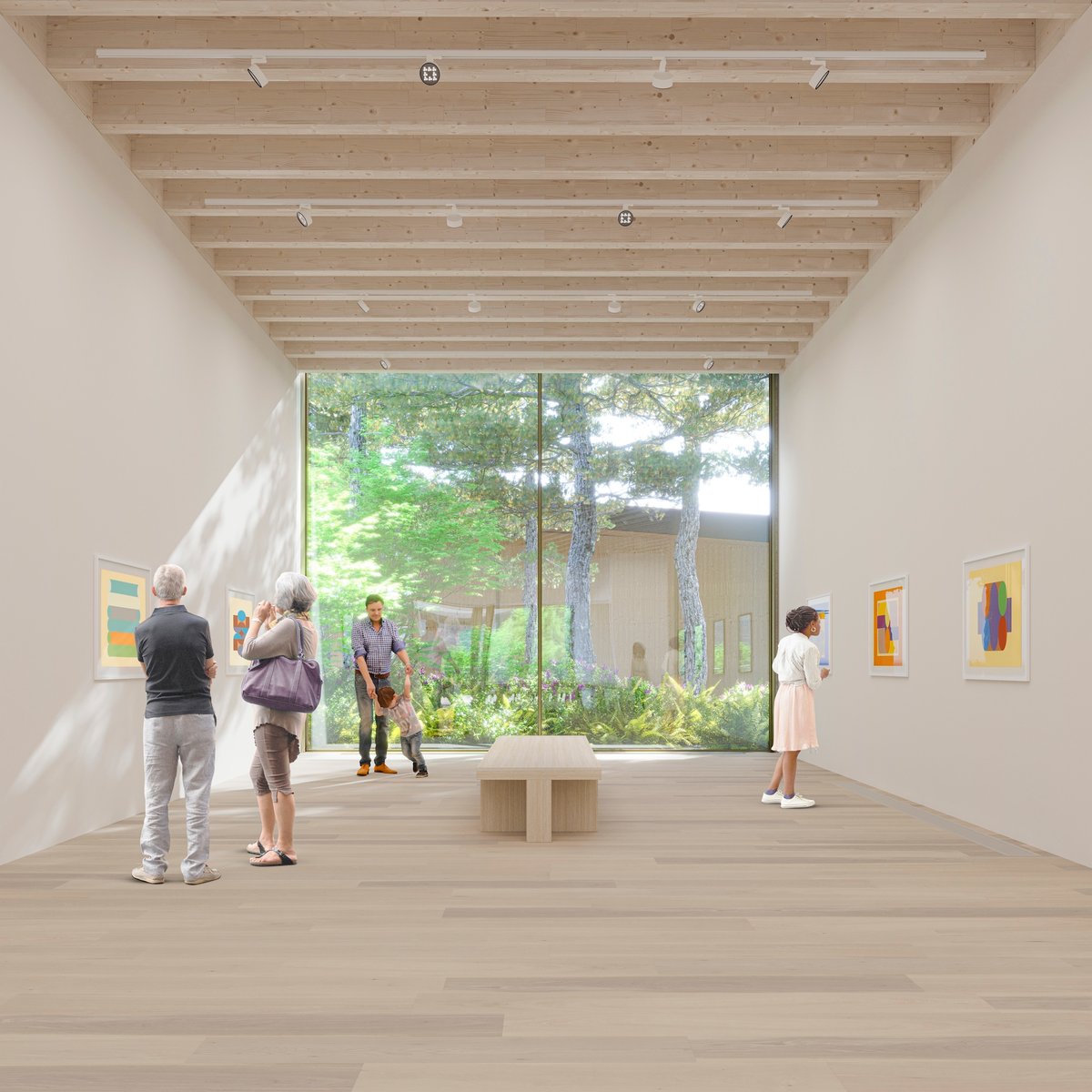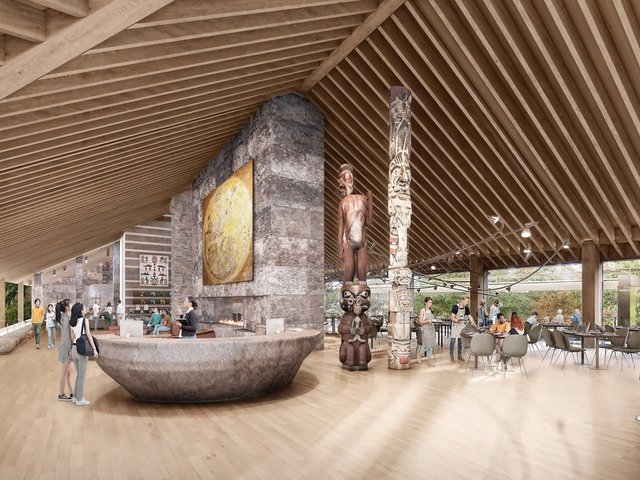The first purpose-built art museum at Simon Fraser University (SFU) near Vancouver will open on 20 September with an inaugural exhibition titled Edge Effects. The show encapsulates both the new museum’s curatorial vision as well as architect Arthur Erickson’s original inter-disciplinary ethos for the SFU campus on Burnaby Mountain, half an hour's drive from downtown Vancouver, designed in 1963 with his then-partner Geoffrey Massey.
Named the Marianne and Edward Gibson Art Museum after a beloved professor who was the director of the SFU Gallery from 1986 to 1997 (and his wife, a collector and educator), the new, admission-free institution is conceived as a single-level space with a welcoming hearth at its centre that will house a research laboratory for art and learning. As designed by Hariri Pontarini Architects and Iredale Architecture, the 12,000 sq. ft building will house an art studio, courtyard and salon extending across the site as a series of interconnected spaces, aligning with the original architectural vision for the campus.
“We imagine the Marianne and Edward Gibson Art Museum to be a place that, metaphorically speaking, encourages edge effects,” says the museum’s director, Kimberly Phillips, referring to a term that describes the conditions created when two adjacent ecological communities meet. “Situated at the threshold of the university’s academic community and energised by its context, the Gibson is committed to creating conditions for artists to thrive and for a diverse ecology of audience communities to feel at home.”
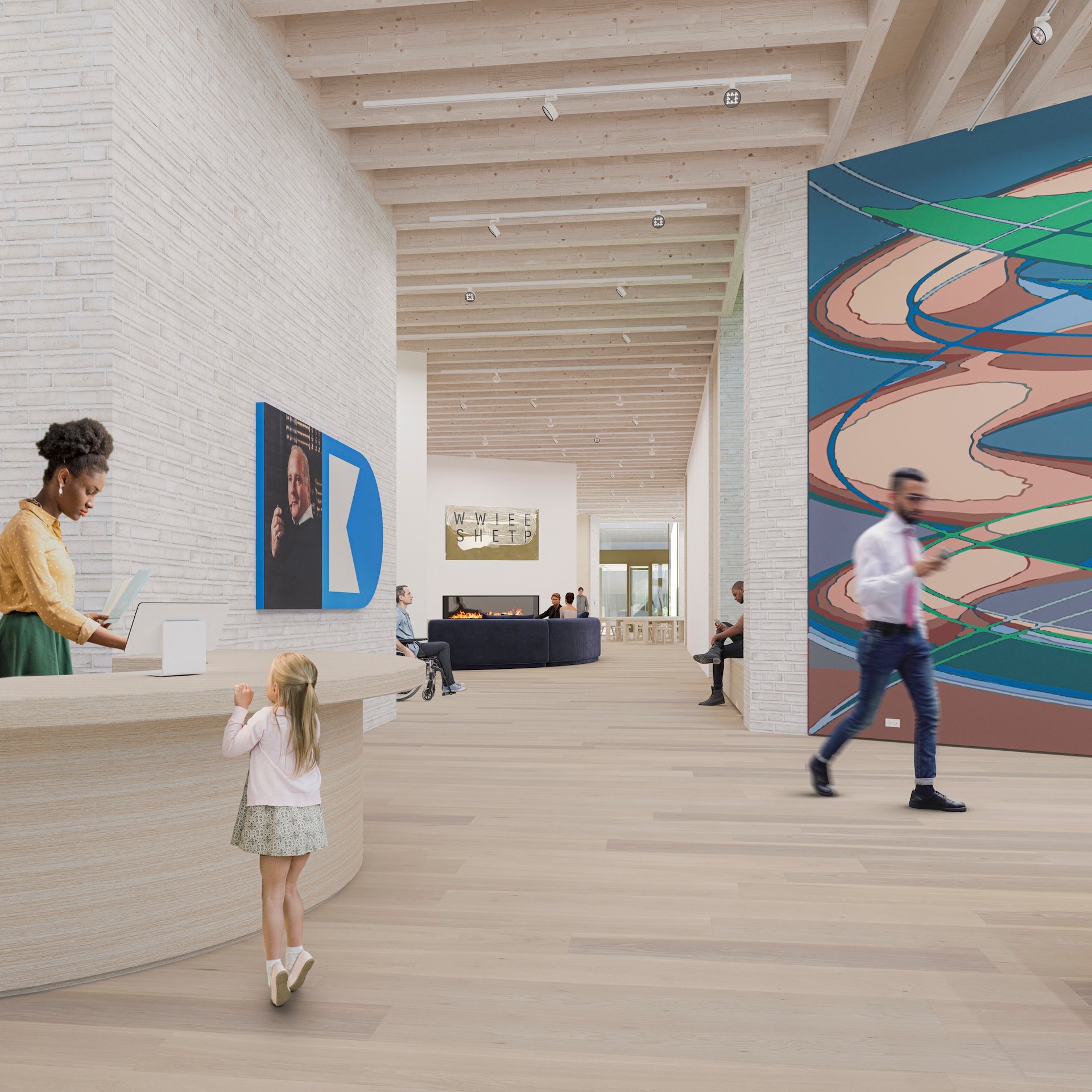
Rendering of the east welcome desk at the forthcoming Marianne and Edward Gibson Art Museum at Simon Fraser University, with view to the Salon Image courtesy The Mirage Studio and The Marianne and Edward Gibson Art Museum
The 15 artists in the Edge Effects exhibition, Phillips says, will “consider edges in beguiling ways”. They include Sameer Farooq, who is creating a new work examining the way objects in archaeological museums and institutions relate to each other. In a move typical of the new art museum’s intention to encourage interdisciplinary exchange, he has partnered with SFU’s Museum of Archaeology and Ethnology and the poet Jared Stanley. Farooq is also creating a new sculptural installation that reimagines the museum as a loom playing with the warp and weft of textiles.
Also included is a work by Liz Magor that is nearly 30 years old but extremely timely. Blue Students/Alumnos en azul (1997) consists of a series of photographs of students along the San Diego-Tijuana border, reflecting the ways that power shapes international boundaries. The work comprises portraits of students converted into format negatives then pressed with paper covered in iron salts that converted each into a positive blue image under exposure to daylight. Magor placed the negatives throughout San Diego and Tijuana and allowed ambient light to produce the final pictures. By the end of the exhibition, only a few images had not been completely obscured by effects of daylight.
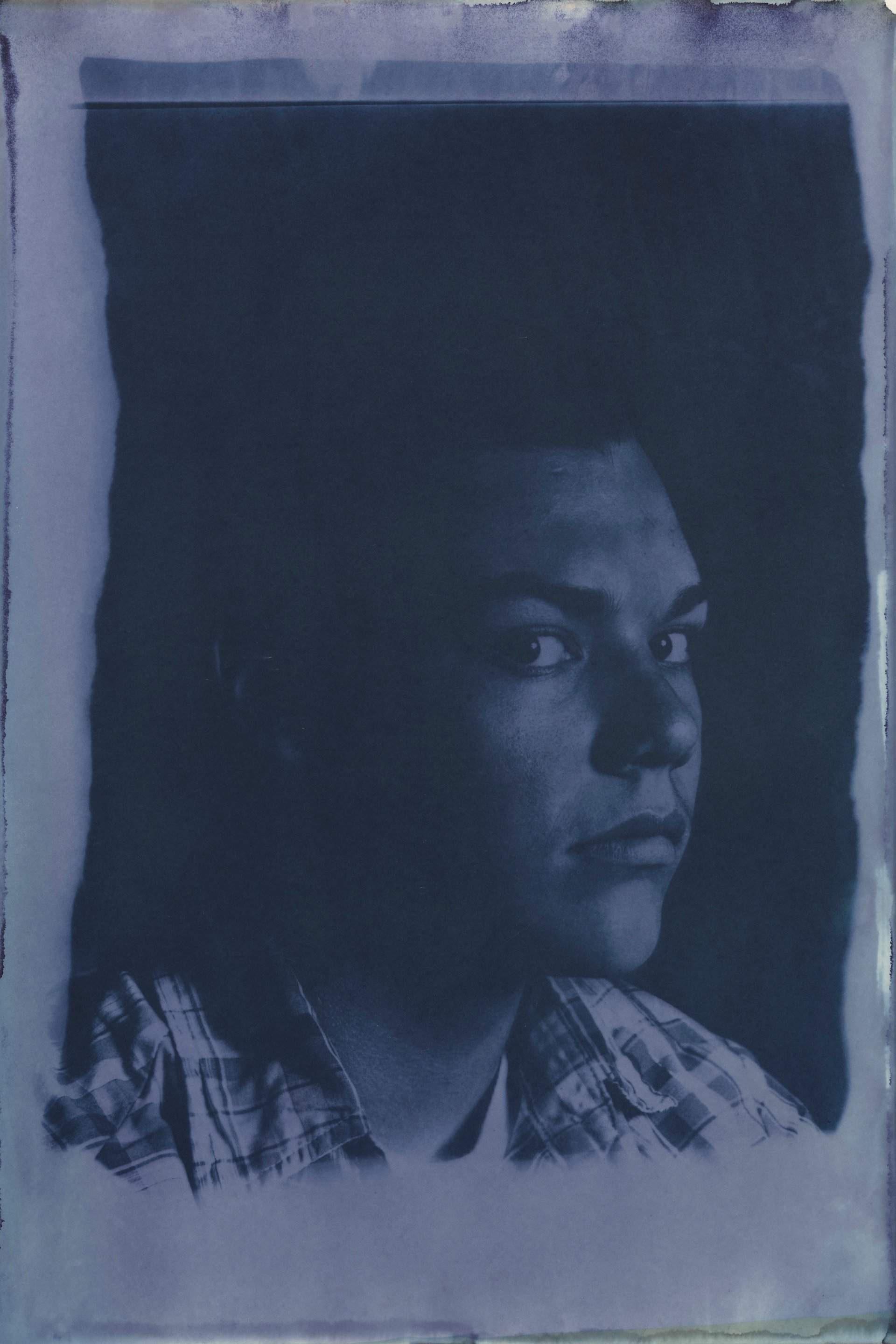
Liz Magor, from Blue Students/Alumnos en azul, 1997 Photo by Rachel Topham Photography. Courtesy Catriona Jeffries, Vancouver.
Cindy Mochizuki’s Arboreal Time, a semi-permanent installation for the Gibson’s hearth, will consist of a constellation of miniature ceramic sculptures that form a forest of kodama (Japanese trees spirits). Also on view will be a new textile work by chief Debra Sparrow, a master weaver from the Musqueam First Nation.
Continuing in the tradition of past projects at SFU Galleries that married science and art, students from the nearby University Highlands Elementary—with guidance from the artists Pietro Sammarco, Helena Krobath and Liz Toohey-Wiese—will collaborate on a soundscape exploring how rainwater’s movements might teach us to listen differently.
Adding to a timeless masterplan
“Dr Edward Gibson was excited by edges,” Phillips says. “He was known to teach classes outdoors and pressed his students to challenge existing systems. He called for an art museum on SFU’s Burnaby Mountain campus because he believed in art’s capacity to catalyse conversations across disciplines, generations and cultures. We are humbled to carry this vision forward, infuse it with SFU’s strong practice of creative and cross-disciplinary experimentation, and our own gallery team’s deep commitment to inclusivity.”
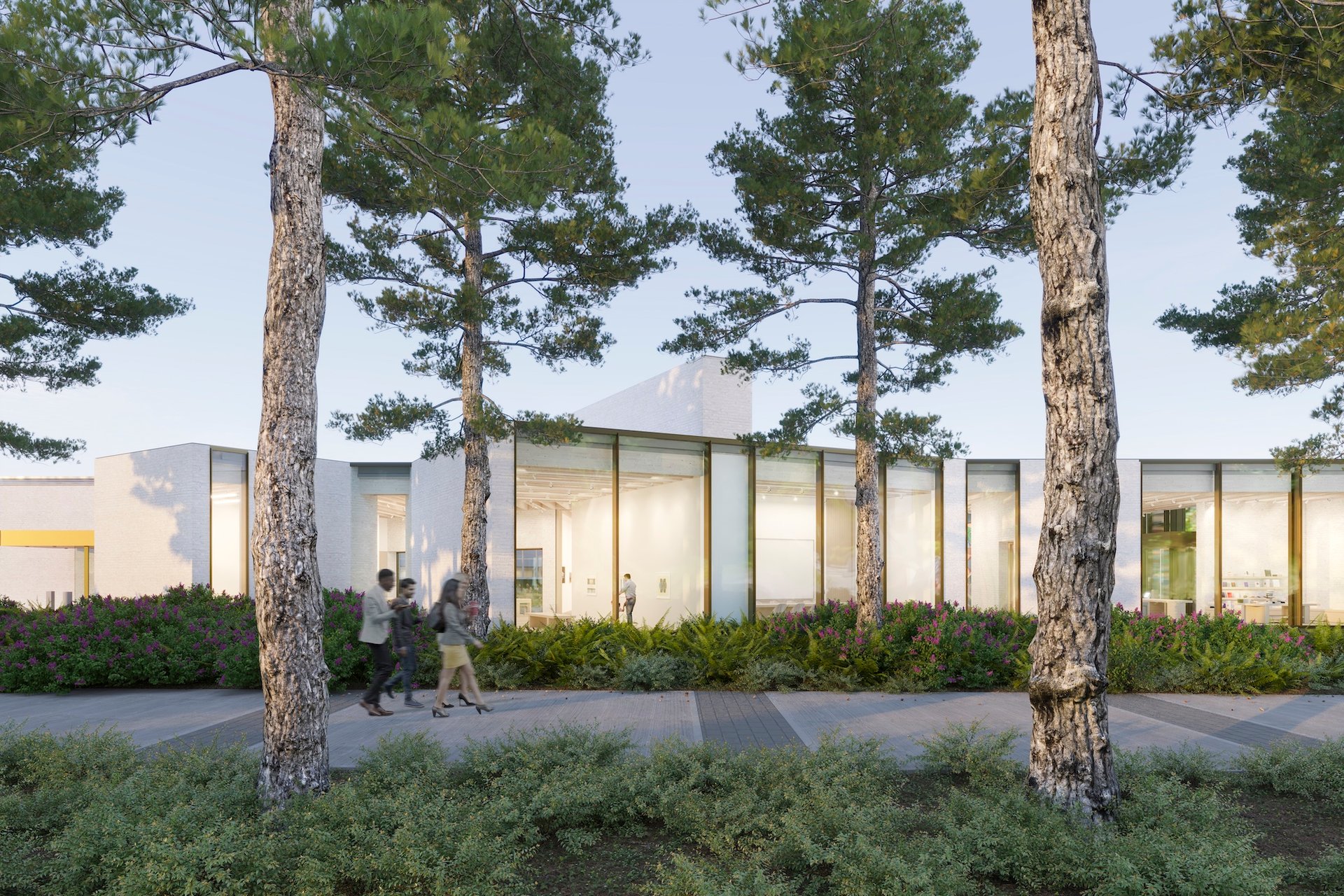
Rendering of the south façade of the future Marianne and Edward Gibson Art Museum at Simon Fraser University, as seen from the Ceremonial Walkway Image courtesy The Mirage Studio and The Marianne and Edward Gibson Art Museum
The SFU campus, a temple to learning with a nod to Greek and Islamic architecture, was designed as a series of open terraces extending down the slope—from the Academic Quadrangle at the summit, with its Mogul-like pond, down to the westernmost student residences. The central, open-plan mall framed by a glorious glass and concrete canopy was the place where it all came together. Designed to erase boundaries between arts and sciences, professors and students, the area was the site of many cultural happenings and student protests in the heady years of SFU's incarnation as a radical, cutting-edge campus.
A housing development built in the 1990s with little sensitivity to the original design marred the mountain landscape. The new art museum straddling the border between the original campus and the addition acts as a bridge—not only between academia and art, but also between old and new.
While Erickson never included a purpose-built gallery in his original design for the SFU campus, Phillips tells The Art Newspaper that “art has always been an important part of how the university understands itself”, citing various works of public art that are embedded into the architecture. These include Gordon Smith’s mosaics east of the Academic Quadrangle and Jim Hart’s Frog Constellation (1988-2005) outside the Museum of Archaeology and Ethnology, part of SFU’s 5,900-strong art collection.


